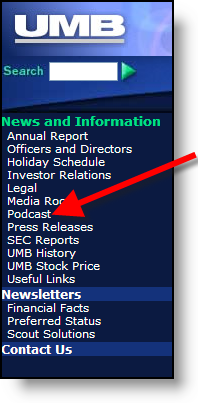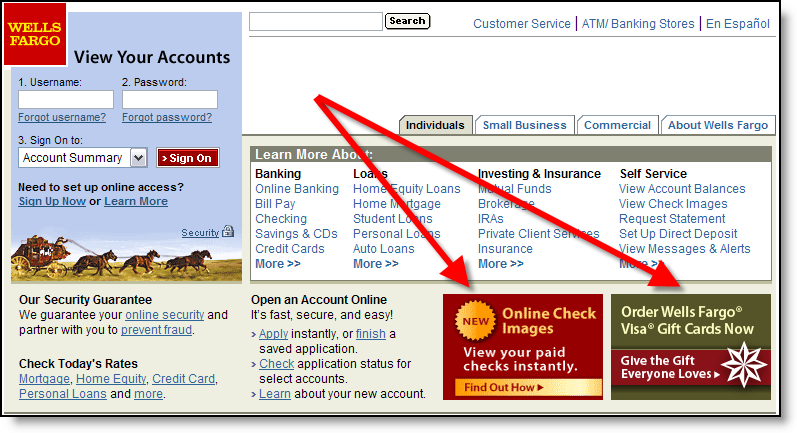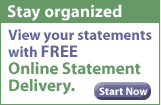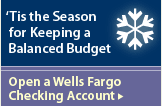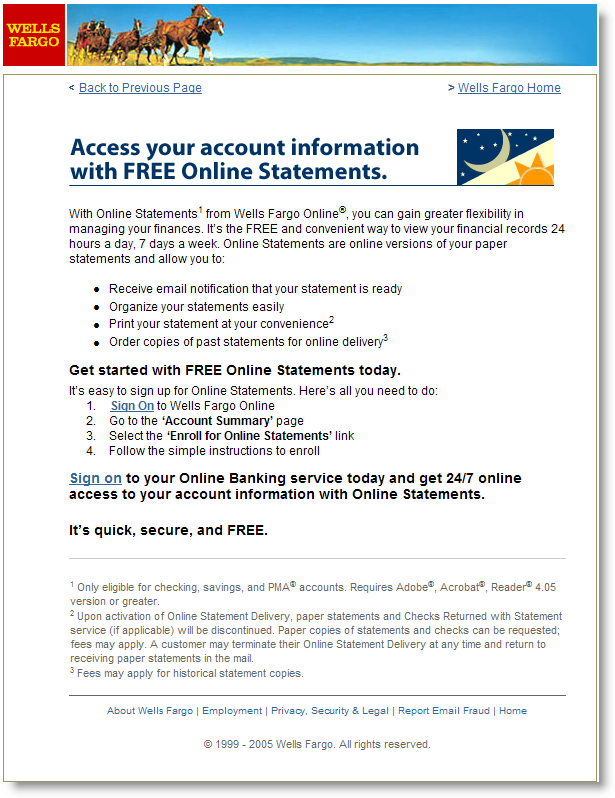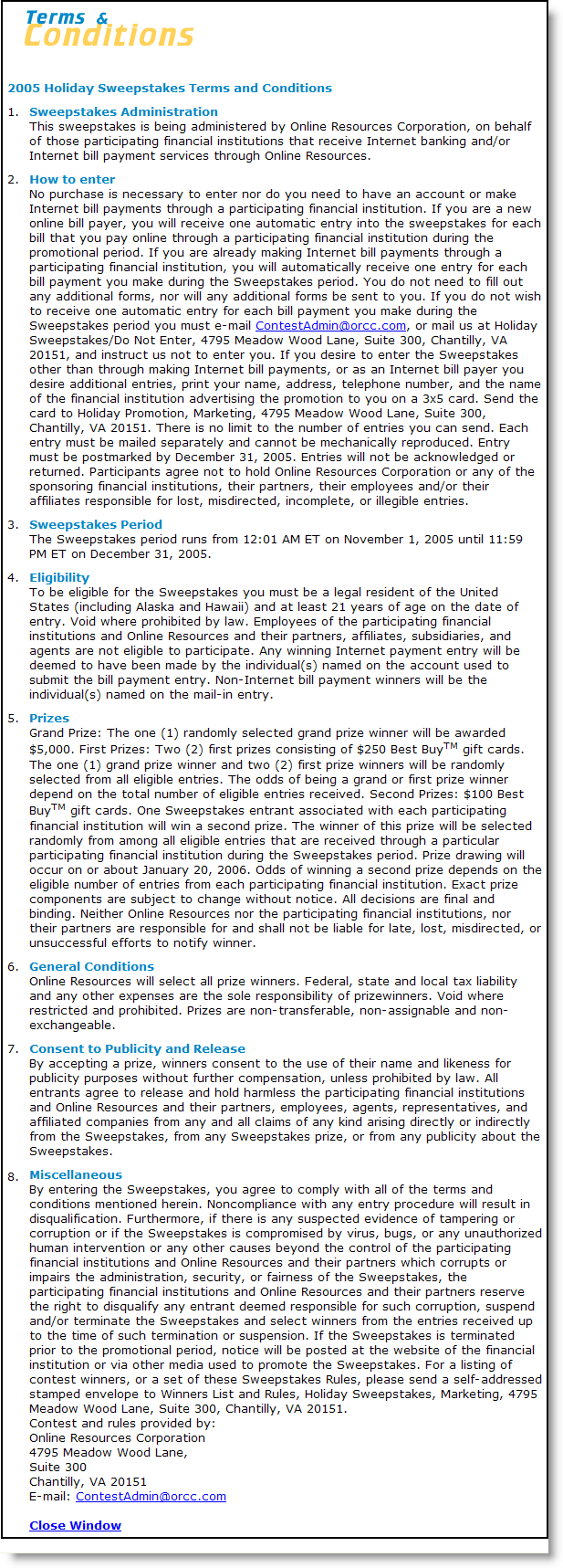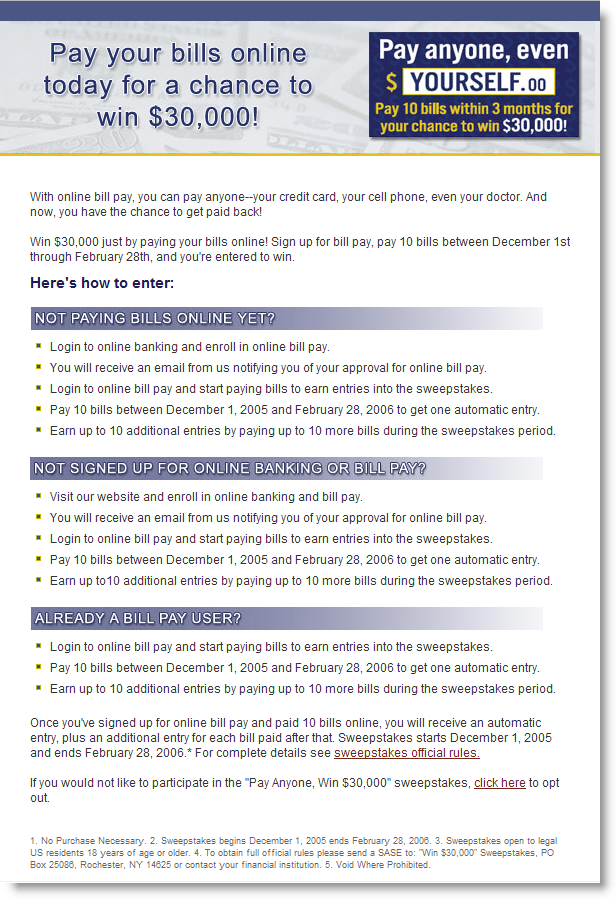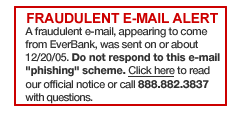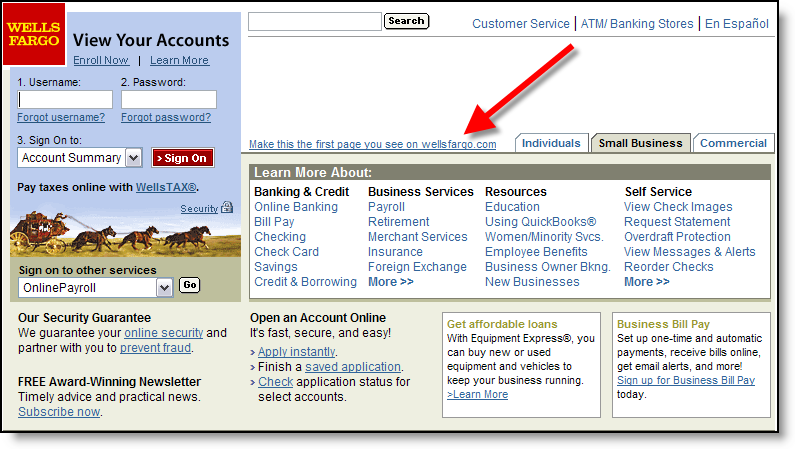 UMB Bank <umb.com> ran an eye-catching sweepstakes in mid-December (click on inset for closeup). Users were invited to register online to participate in a week-long stock-picking contest. The contest had its own URL <stockingstuffer.umb.com>.
UMB Bank <umb.com> ran an eye-catching sweepstakes in mid-December (click on inset for closeup). Users were invited to register online to participate in a week-long stock-picking contest. The contest had its own URL <stockingstuffer.umb.com>.
The contest ran from Dec. 12 to Dec. 15. Top prize was a $1000 Target gift card with second receiving $750 and $500 going to the third-place finisher. Users were required to choose winning stocks from a list provided by the bank. Users could log in anytime during the week to see where they stood. The contest was open only to residents of Missouri, Kansas, Colorado, Oklahoma, Illinois, Nebraska or Arizona. An identical second contest ran simultaneously that was open only to UMB employees.
Analysis
Stock-picking contests are a tried-and-true way to gain Web traffic, email addresses, and add excitement to your website, and in UMB’s case to reward employees in a separate sweeps. The bank ponied up for a decent prize pool of $2250 for customers and another $2250 for employees; the graphics were superb; the "stocking stuffer" theme played well around the holidays; and the contest was interactive with the ability to log in and check standing in near-real time.
However, the one-week duration caused a substantial decrease in its overall marketing value. Usually these stock-picking contests run for several months, with leaders posted at various intervals. The holiday theme used by UMB created a natural year-end deadline, so it should have started in early- to mid-November for maximum impact.
—JB
Marketing Database –
If you’d like to learn more about the latest financial interactive marketing campaigns, check out the Interactive Financial Marketing Database from our sister publication, the Online Banking Report.


